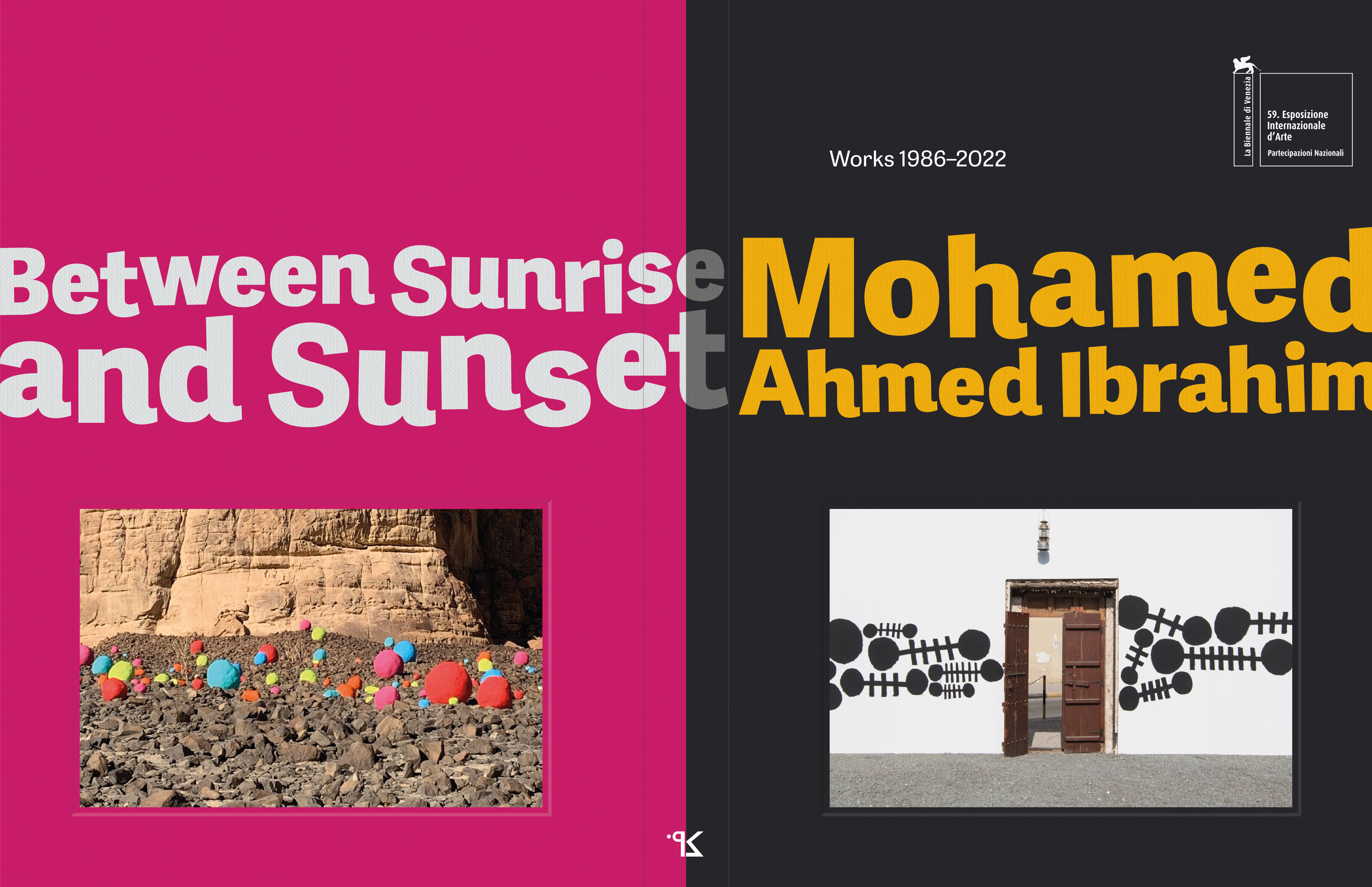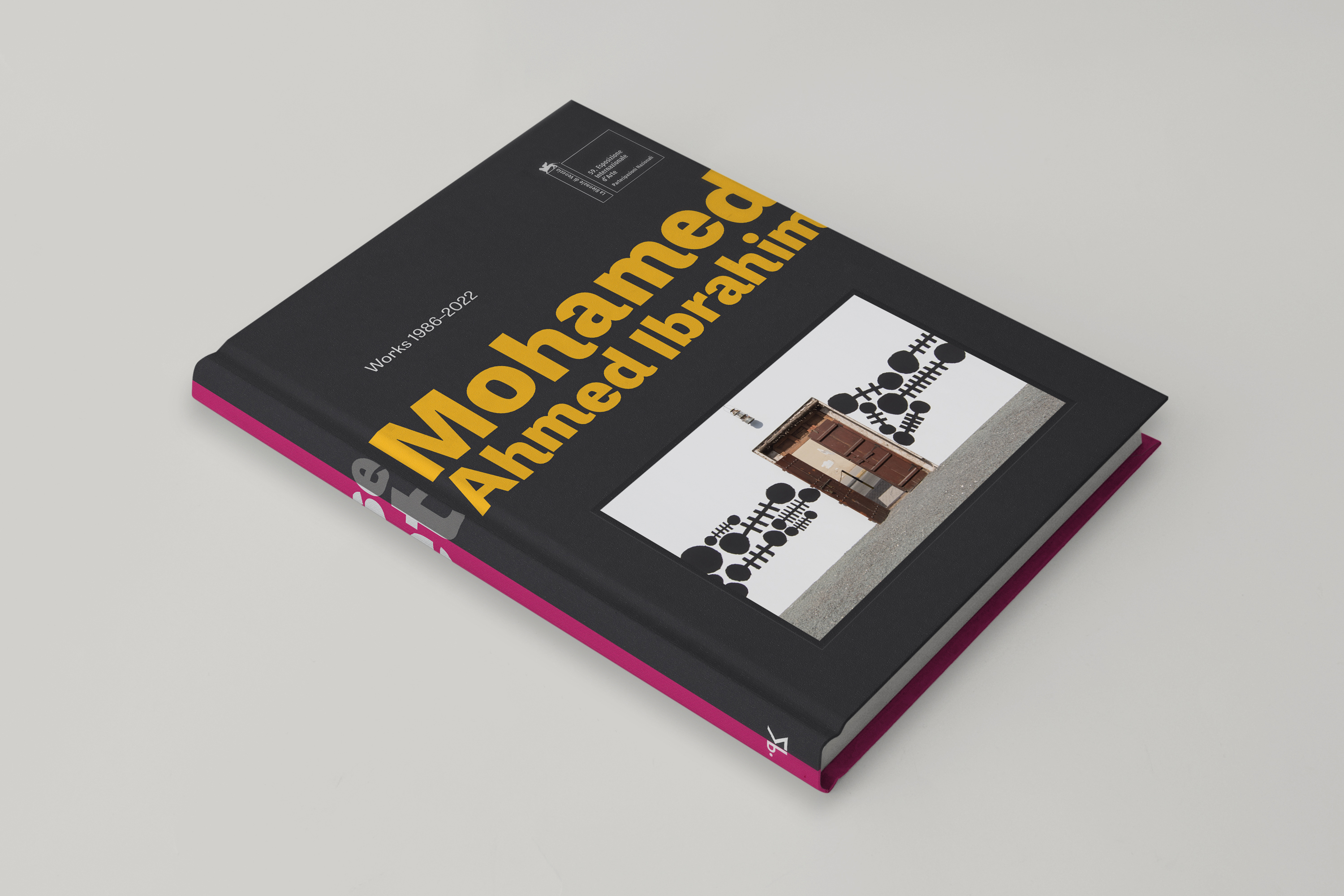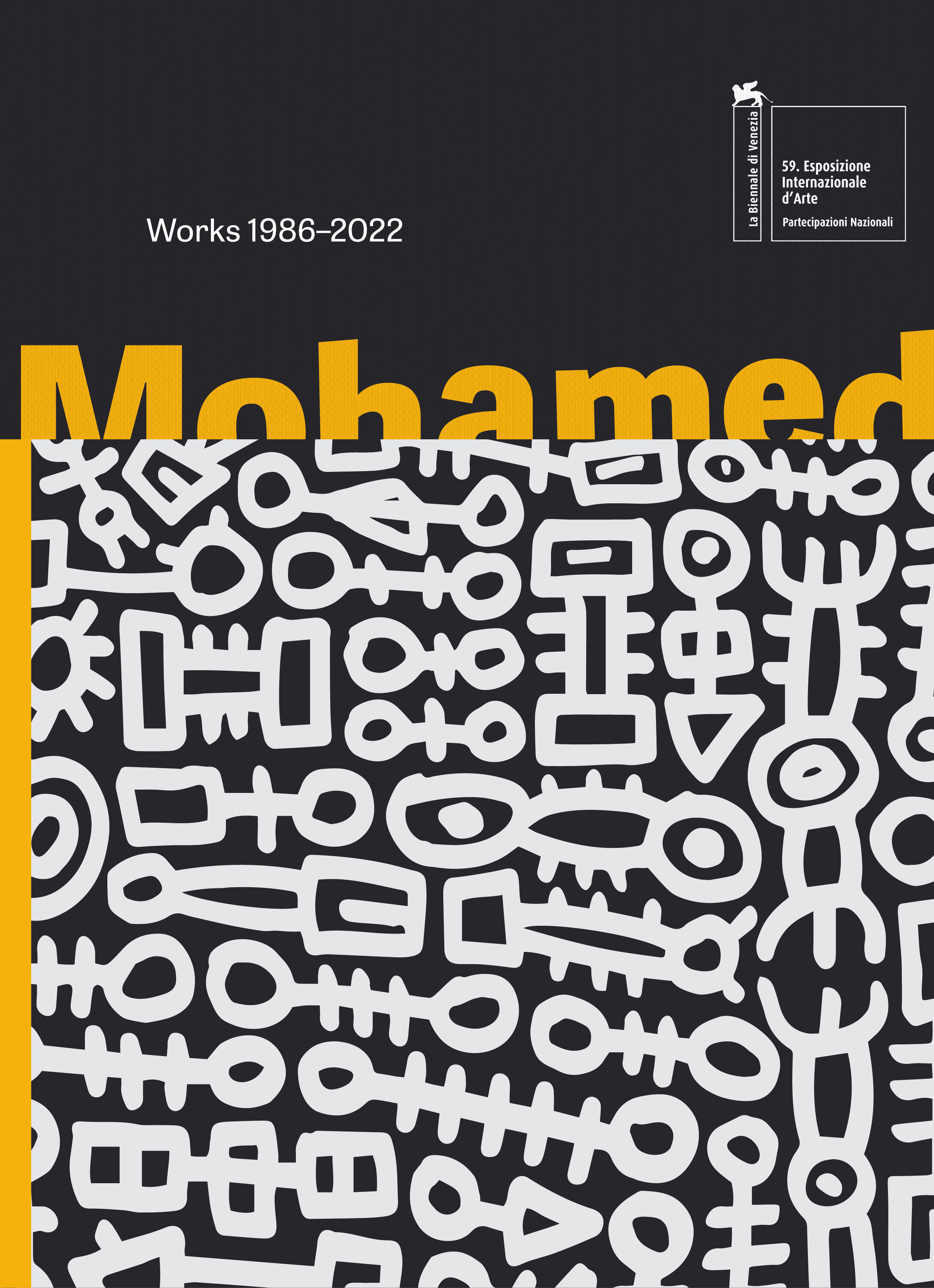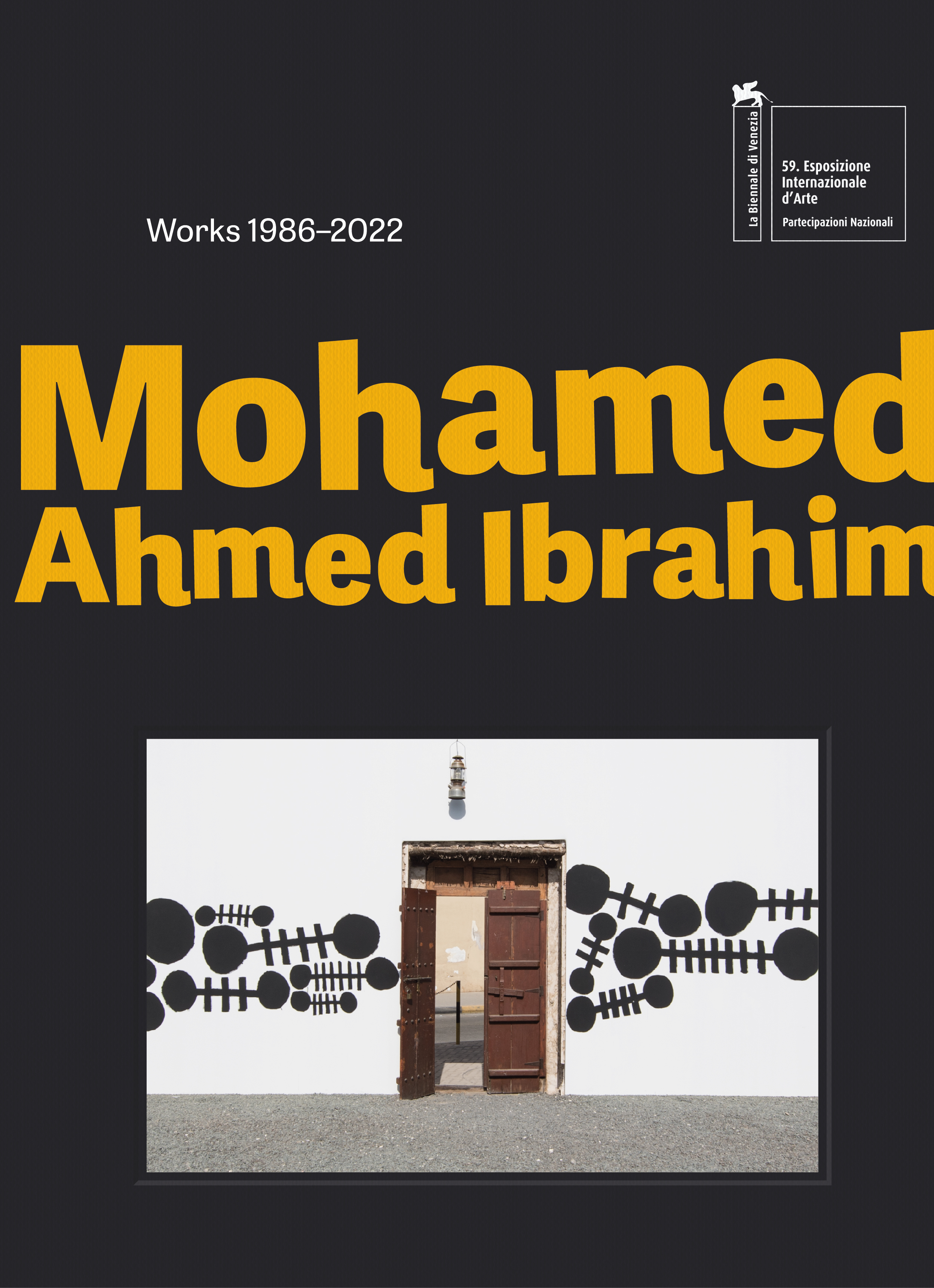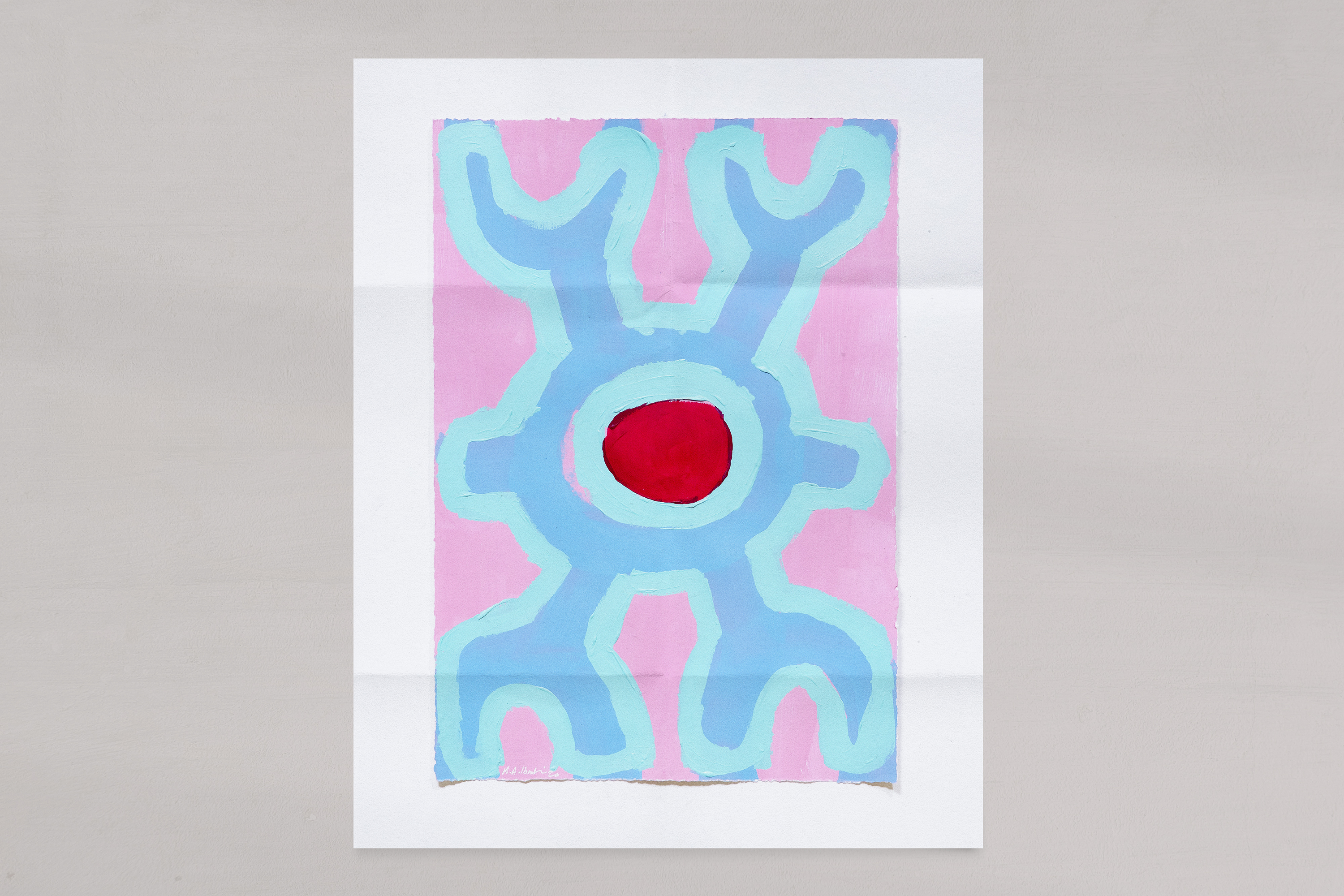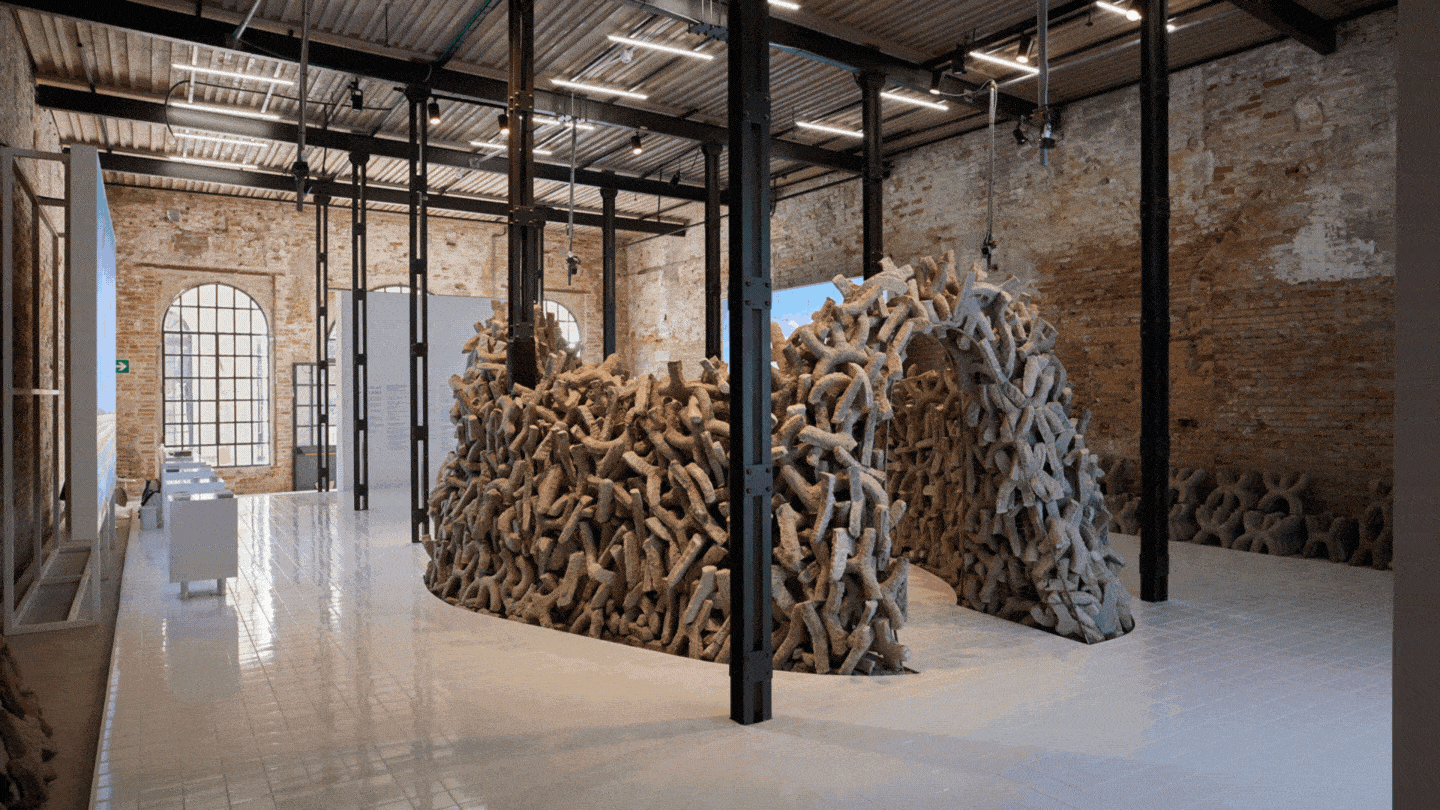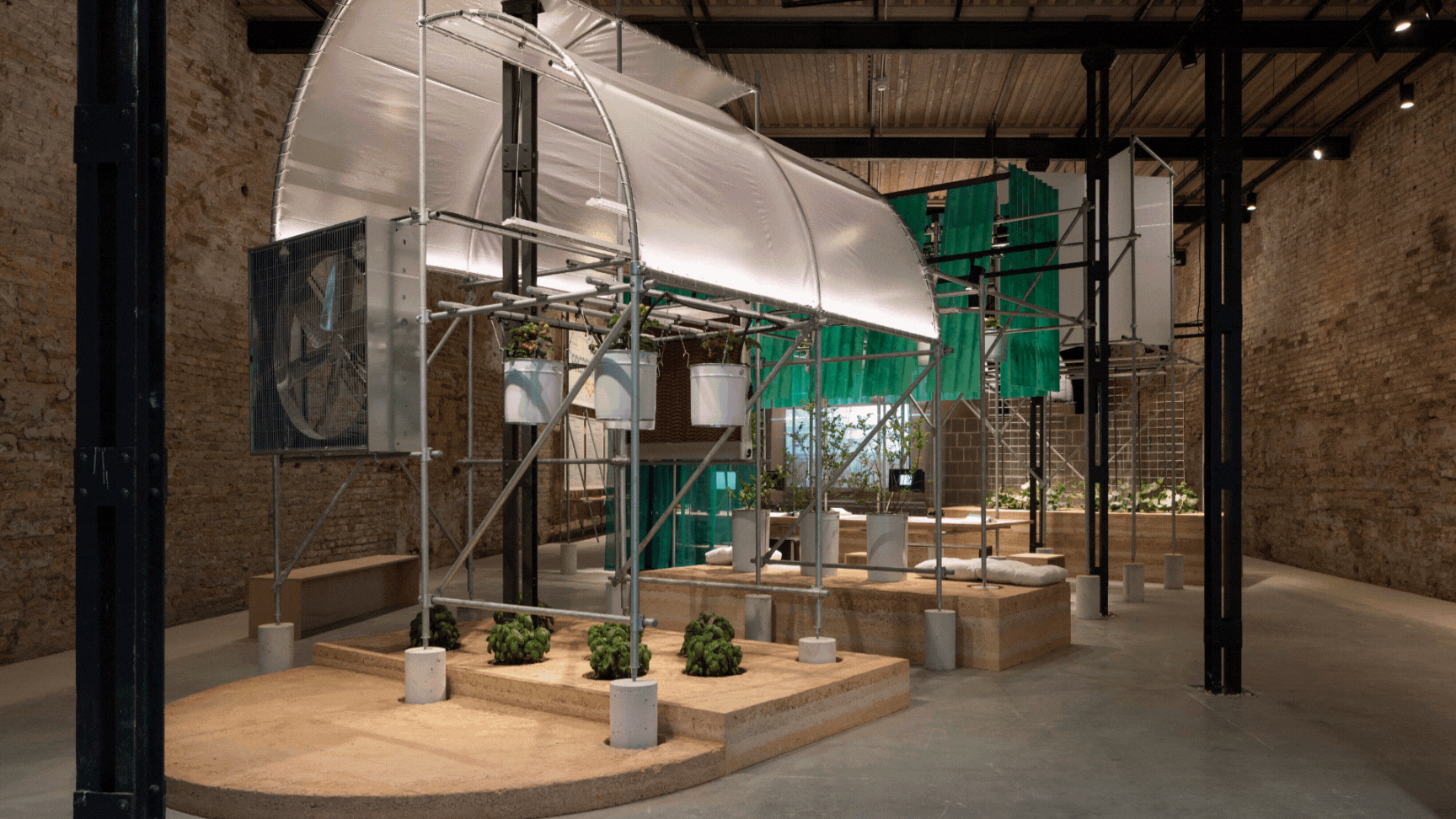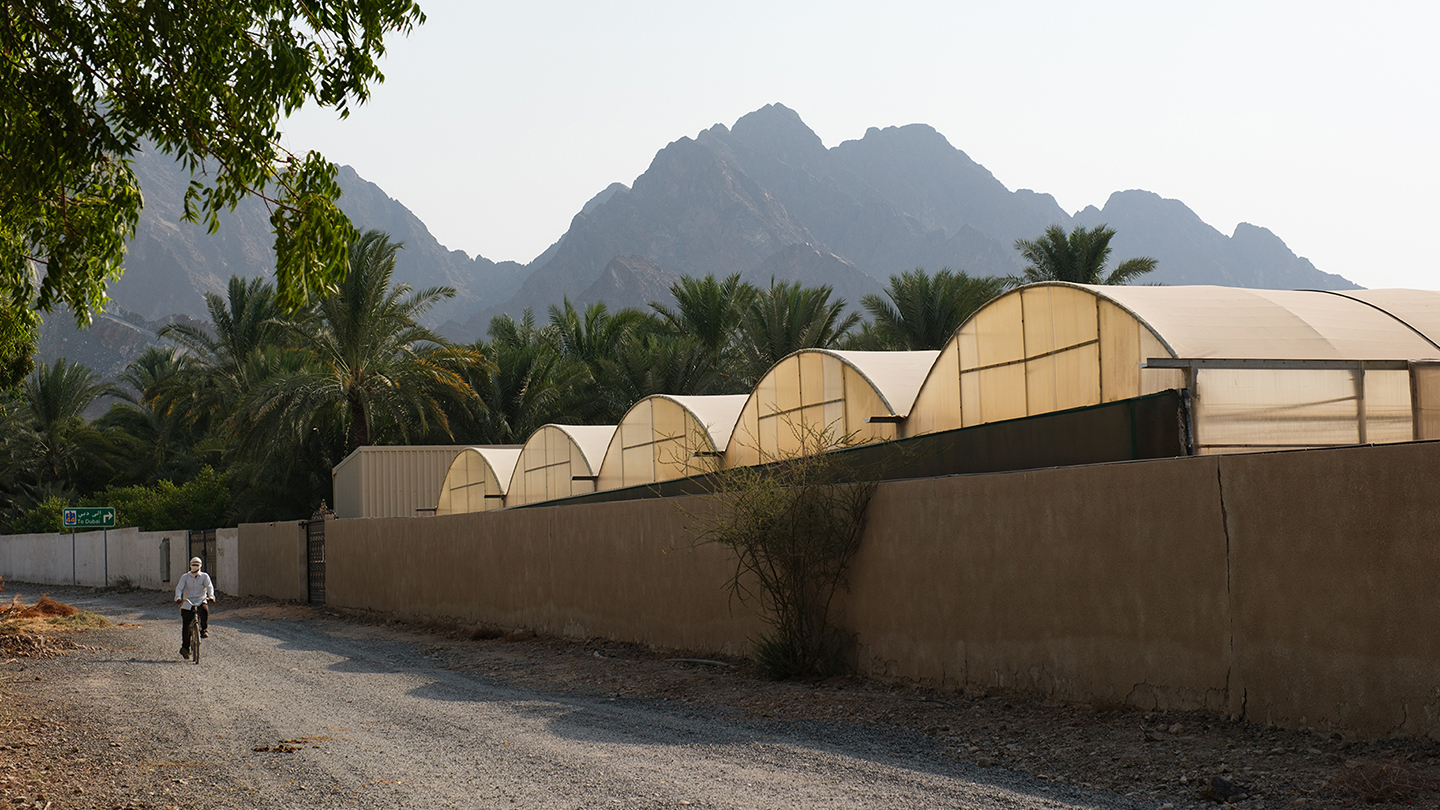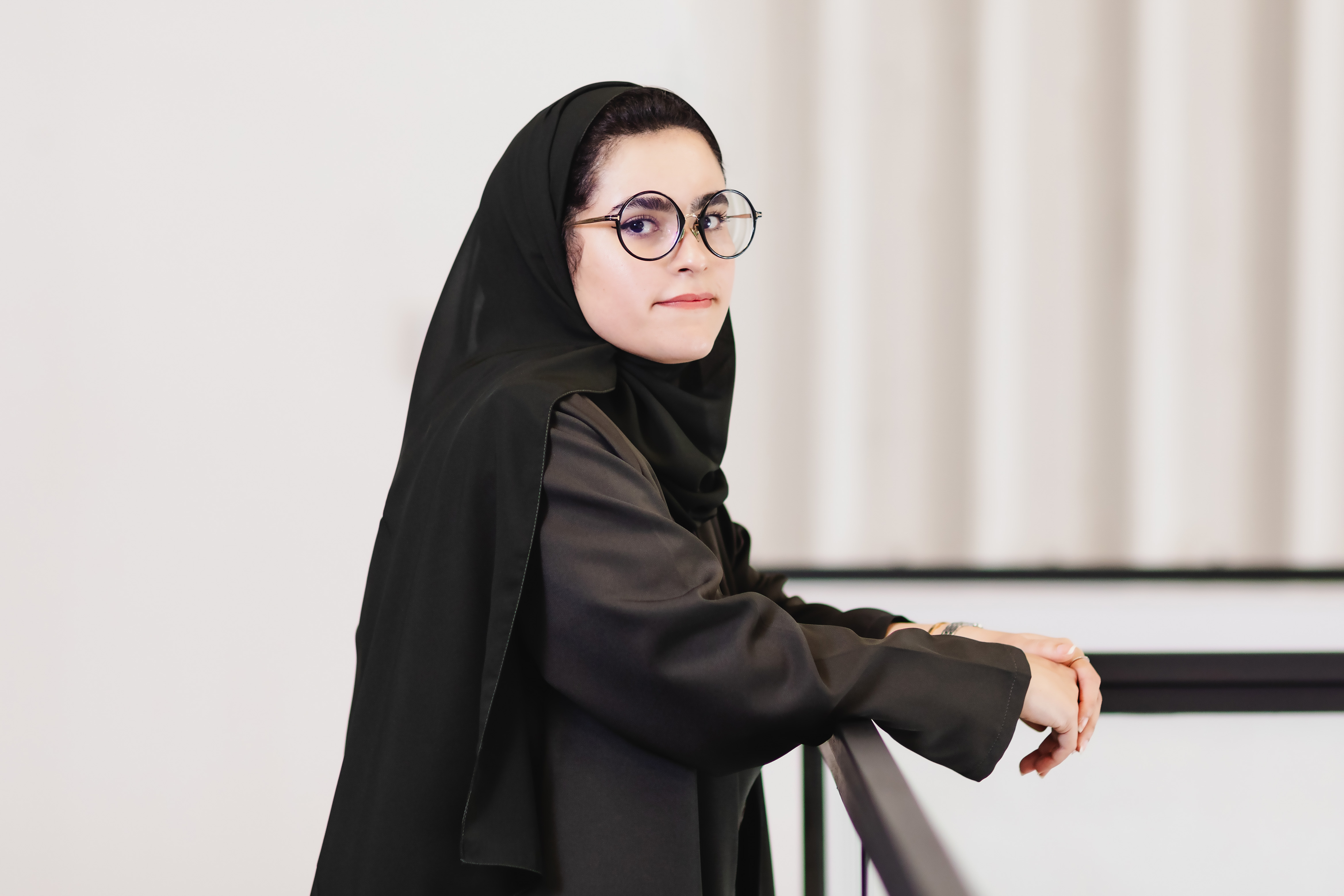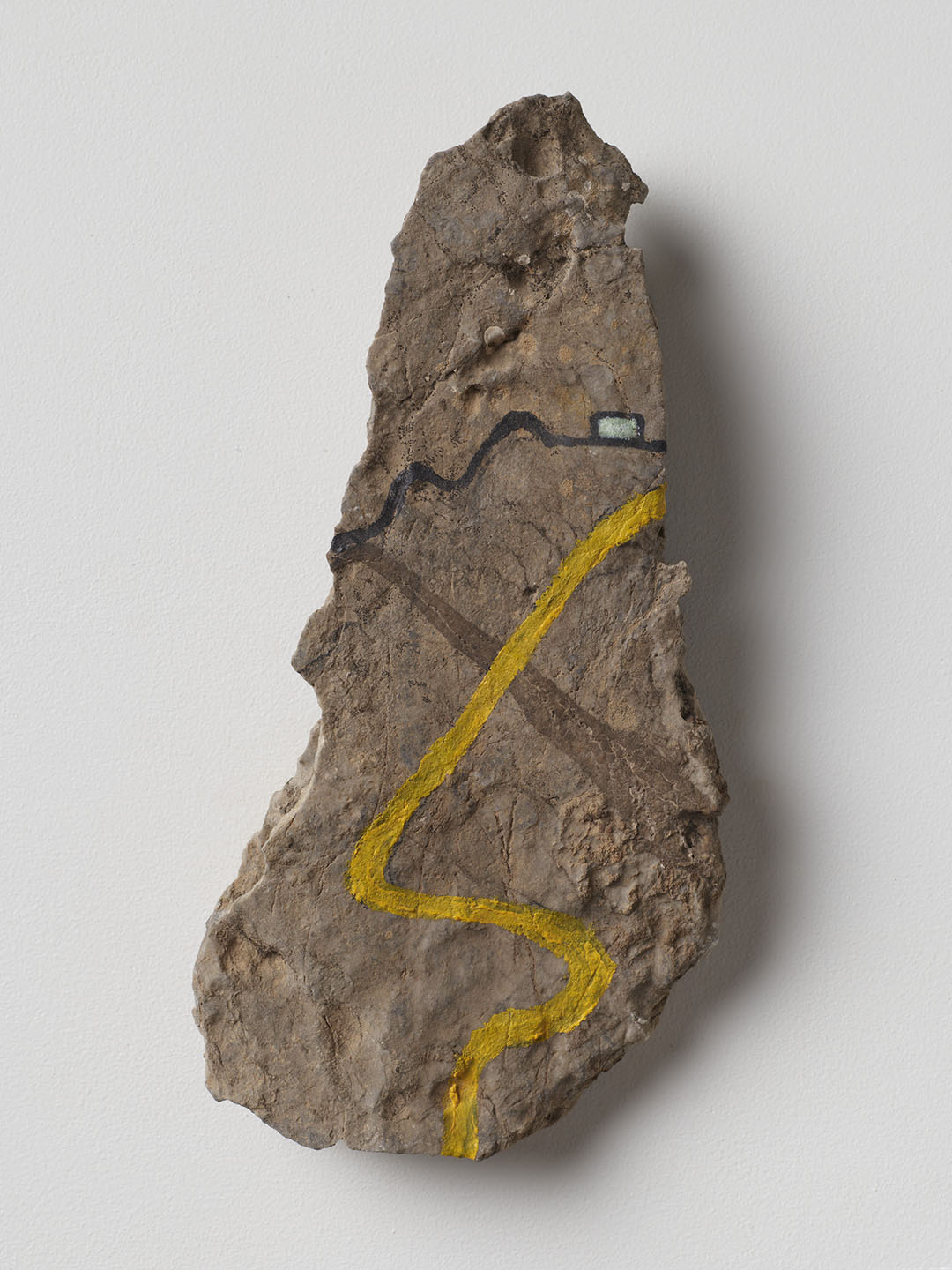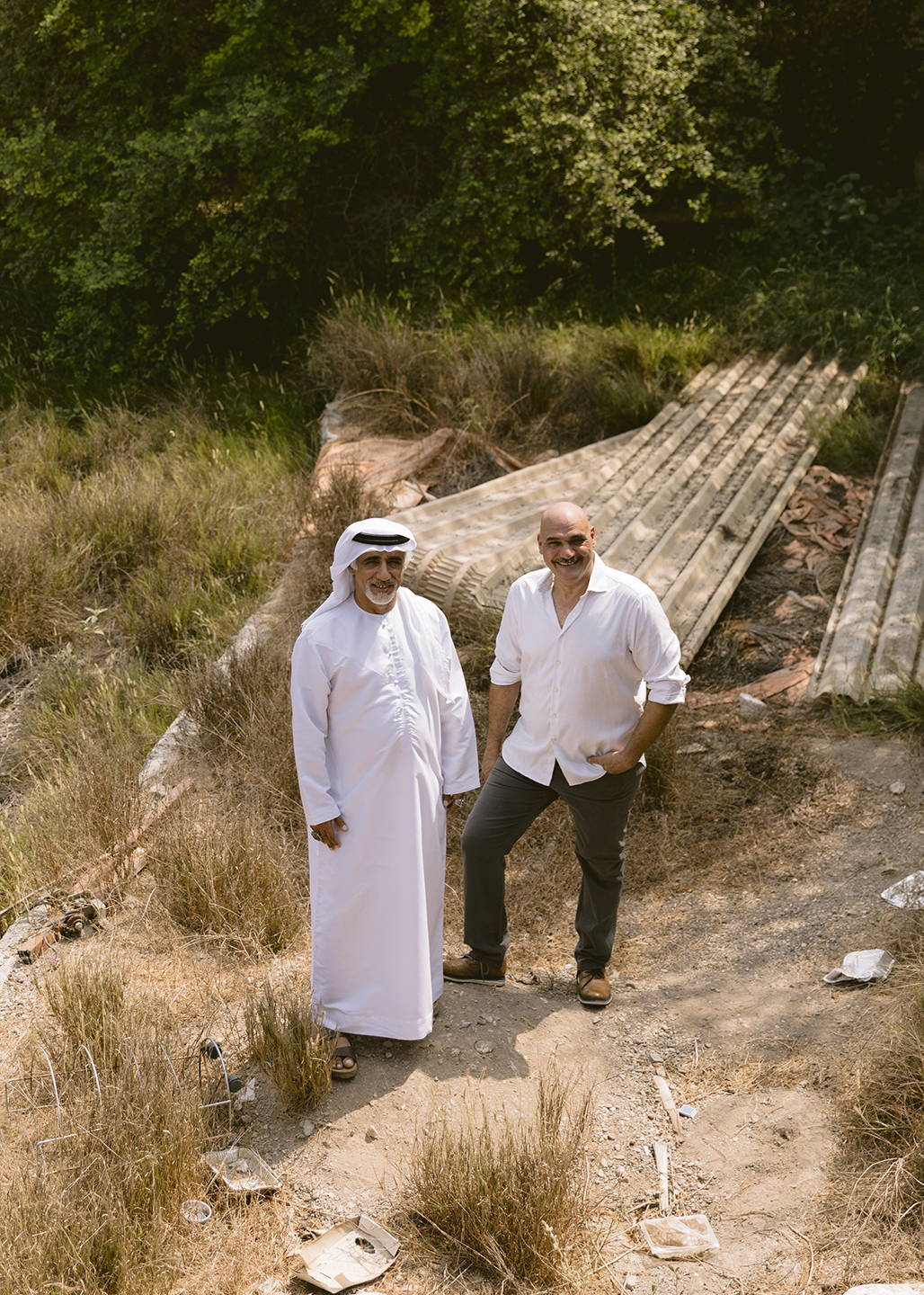The National Pavilion UAE announces the details on its upcoming publication accompanying its exhibition, Mohamed Ahmed Ibrahim: Between Sunrise and Sunset, at the 59th International Art Exhibition at the Venice Biennale 2022.
Mohamed Ahmed Ibrahim: Between Sunrise and Sunset / Works 1986-2022 will be the first comprehensive publication on the Emirati artist, covering his biomorphic abstraction paintings of the 1980s, his Land Art experiments and immersive installations of the 1990s, and the evolution of his papier-mâché sculptures over the last two decades. The monograph, co-edited by Maya Allison, curator of the National Pavilion UAE 2022 exhibition and Executive Director of The New York University Abu Dhabi Art Gallery, and Cristiana de Marchi, artist, curator, and poet, will be published by Kaph Books in April.
The publication contextualizes the artist within the UAE’s contemporary art scene and his contribution to its development over the last four decades, bringing to life his journey, personality, and work process. It tracks his early formation as an artist, framed against the historical backdrop of a country that came into being during his lifetime. The contributors trace his rise as one of the leading experimental artists of the UAE and situate his work today in its local and global context. It is the third book that Allison has worked on that studies Ibrahim’s work. Similarly, de Marchi has edited four catalogues that featured his work.
The publication starts with an introduction by Salwa Mikdadi, Professor and Director of the Arab Center for the Study of Art at NYU Abu Dhabi. The first section of the book, “Sunrise,” takes a scholarly and curatorial approach to documenting Ibrahim’s practice and journey, beginning with an essay by Allison examining the characteristics of Ibrahim’s practice over the decades. Nada Shabout, scholar of Arab modern and contemporary art history, contributes an essay that situates Ibrahim’s work and his community in the larger history of the Arab region, while Venetia Porter, Curator of Islamic and Contemporary Middle East art at the British Museum, presents a study of Ibrahim’s works with paper.
The second part, “Sunset,” includes essays and personal reflections on the artist over time, beginning with a recollection by Fumio Nanjo, Senior Advisor of Mori Art Museum in Tokyo and Representative Director of N&A Inc, who traces a portrait of the nascent UAE contemporary art scene and the progressive institutionalization of the art system through informal meetings and gatherings with leading figures of the movement such as Ibrahim and Hassan Sharif. Adel Khozam, an influential member of Ibrahim’s artistic community, himself a poet, composer, and journalist, reflects on Ibrahim’s practice and biography within the UAE cultural scene as it developed over the decades. Munira Al Sayegh, founder of the Dirwaza Curatorial Lab, recalls her discovery of Ibrahim’s art and world during her work on his 2015 A.i.R. Residency. Vivek Vilasini, himself an artist who lived with this community during the 1990s, provides an “ecological” reading of Ibrahim’s practice, highlighting his deep connection to the natural landscape of Khor Fakkan. In the final section, “Between Sunset and Sunrise,” an in-depth interview gives the readers a rare portrait of the artist by de Marchi.
Laila Binbrek, Coordinating Director, National Pavilion UAE, Venice Biennale, said, “One of main missions at the National Pavilion UAE is telling and sharing the UAE’s untold stories on a global platform that is the Venice Biennale. Over the years, we have carefully crafted our publications to document and make available new academic material about the UAE’s cultural scene—ensuring our contributors’ efforts sustain a greater impact beyond the exhibition itself. This year’s publication features Mohamed Ahmed Ibrahim and uncovers interesting information about the UAE’s art movement since the late 1980s.”
Allison said, “In the US, during my college years studying the history of art, access to art histories from non-European, non-North American regions was exceedingly hard to come by (when not routinely dismissed by those who didn’t know better). It has been a great gift to work directly with Mohamed Ahmed Ibrahim, to hear his history in his own voice, and to—I hope—be part of laying a groundwork to eventually fill the gap on the art history bookshelves, making visible and accessible the unique and complex history of contemporary art in the UAE, through the study of Mohamed’s life and work. I’m particularly energized and humbled to read the many kinds of voices in this book, from across generations, from scholars to peers to his fellow travelers, whether poets, curators, or artists.”
de Marchi said, “I’ve had the great privilege to meet Mohamed and to work closely with him during a long period of evolution in his work. This has led not only to a structured knowledge of his practice but also to developing a deep admiration of his human qualities and a long-lasting friendship. As editors of this publication, Maya and I hope to contribute to creating awareness about his practice, in an academic yet lively documentation, and contextually to shed further light on moments and circumstances that have shaped the UAE’s cultural life and art scene.”

